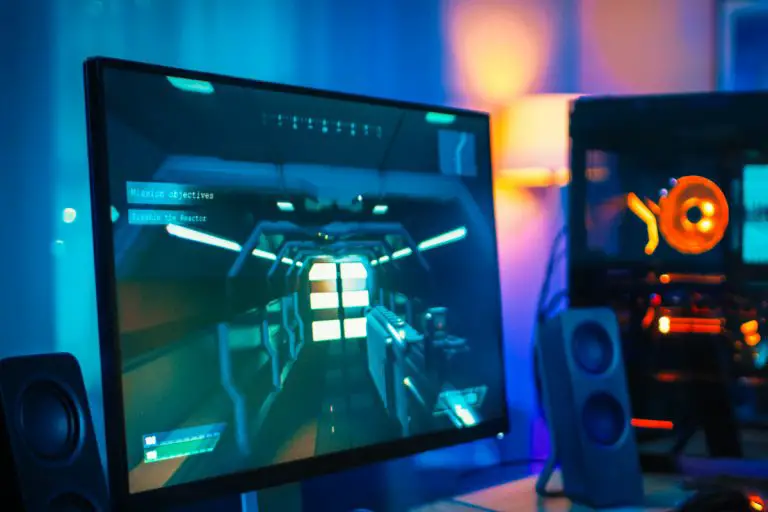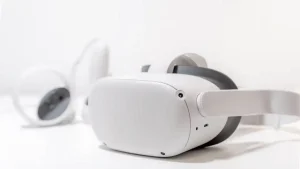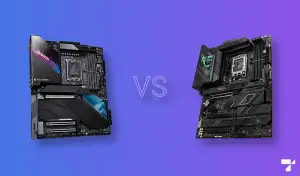If you are a regular gamer, you might have heard of anti-aliasing terms like TAA, FXAA, MSAA, and much more tossed around frequently. If you had no idea of anti-aliasing or need help with the best algorithm for your gaming setup, we’ve got you covered with this informative article where we go through the fundamentals of TAA and FXAA, and describe which is better according to your use case.
As you may know, your computer monitor is composed of millions of tiny units called pixels, which collectively come together to portray the images you see on screen. Pixels being square cannot theoretically display round objects, but as there are millions of them on your monitor, it becomes easier to describe curves as a staircase of individual pixels.
But the use of such a method to create curves and diagonals causes the image to appear jagged or in technical terms aliased, which can cause a poor viewing experience, especially in 3D programs where objects render in real-time like games.
The solution to aliasing or jaggies is to either use a higher resolution display, making it indistinguishable to the eye or employ a process known as anti-aliasing to smoothen out the edges. A high-resolution monitor is not a feasible solution for most cases since you would need to use beefy hardware even to get playable framerates in modern games. Hence, here is where anti-aliasing techniques like TAA and FXAA come into the picture.
There are many different anti-aliasing methods available today, but we chose TAA and FXAA for their general usability and efficiency. Also, anti-aliasing takes up your graphic card’s video memory and can affect your gaming performance, so read on to find out what is best option available for you.
The primary difference:
TAA and FXAA both belong to the post-processing anti-aliasing method, which means that they come into play once the computer has already rendered the object, which allows for the more efficient and less resource-heavy removal of jagged edges. The primary difference between TAA, which stands for Temporal Anti-Aliasing and FXAA, which stands for Fast Anti-Aliasing, is the method in which they identify and eliminate aliasing.
FXAA directly analyses every pixel, identifies the jaggies, and corrects them before pushing the frame to your screen. TAA, on the other hand, compares the frame with the previous frame to identify edges and prevent issues like crawling. Generally, TAA makes use of more resources and needs a more powerful computer for the best gaming performance while giving a better experience.
FXAA Explained:

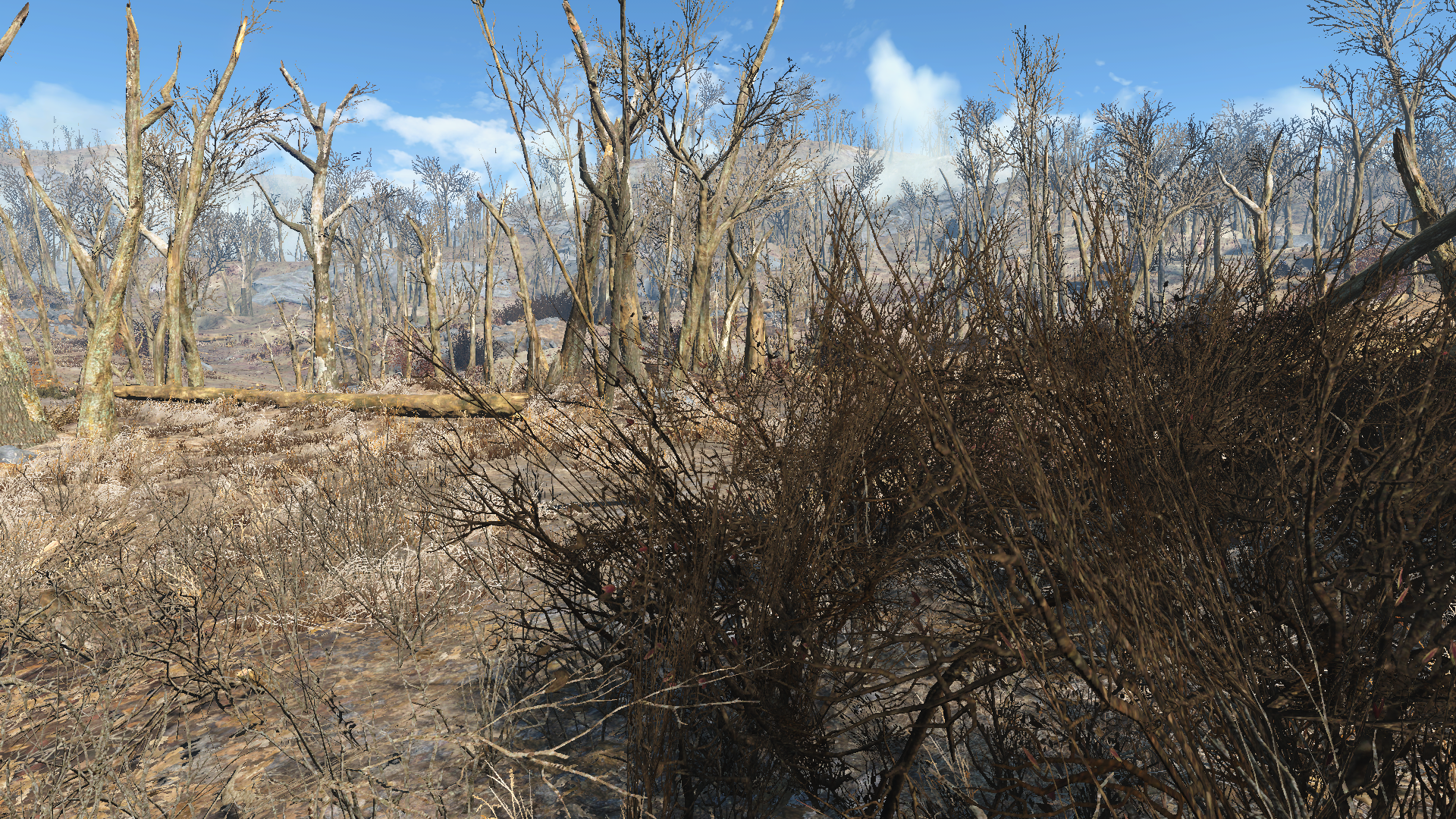
FXAA, unlike conventional anti-aliasing methods, applies aliasing to the on-screen pixels after your graphics card has rendered the scene rather than smoothing out the edges of each line or polygon present in the scene, which gives rise to two significant advantages.
Firstly, pixel-by-pixel anti-aliasing makes sure to consider jaggies inside of rendered polygons that are usually overlooked by other methods that smoothen the polygons before the rendering process. Secondly, being a single pass filter, it has a shallow memory consumption that frees up valuable space for better performance, especially in the case of lower-end graphic cards with lower amounts of video ram.
FXAA does not come without disadvantages, though. Applying a filter throughout the screen is possible for excessive blurring in areas like the text and HUD if the game does not support it. You may also notice a loss in sharpness resulting from the filter causing a significant amount of blur to reduce the jaggies.
Also, the method in which it applies the anti-aliasing filter is independent of previous scenes allowing issues like crawling and artifacts to slip past into the final image. TAA manages to correct this by comparing the current frame to the previous one before applying any anti-aliasing. FXAA also tends to overlook a good number of jaggies that form parts of highly complex shapes, which you should expect, considering it does not analyze the actual model.
Overall, FXAA is a relatively lightweight, fast, and intelligent method of achieving anti-aliasing without putting much load on your graphics card. Most games today package it by default, considering it takes up a negligible amount of resources to run. You may be able to access the settings to control it either in-game or in your graphic card’s control software.
TAA Explained:

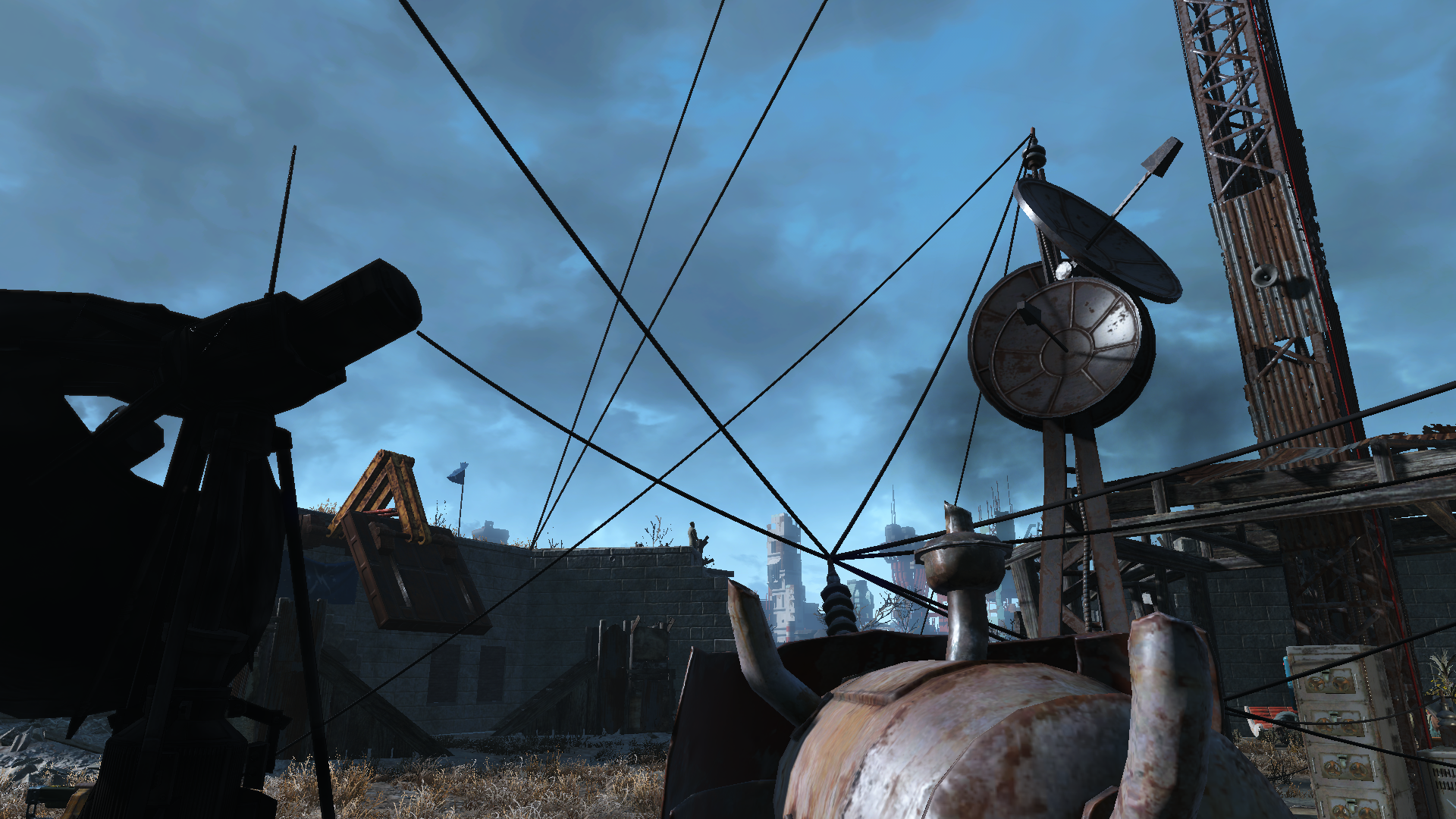
TAA is a method that makes use of the information from the framebuffer’s previous frames to analyze the aliasing and apply anti-aliasing techniques to remove jaggies. While having significant advantages over FXAA, it will take up quite a lot of your graphic card’s memory to store the data from previous frames, making it a much more resource-heavy process.
TAA makes use of the multiple samples it receives per pixel, from the various frames and uses this information to project an anti-aliased version of the pixel. It does this by tracking the pixels an object occupies over multiple frames and attempts to determine the transformation function of that object, enabling it to blend frames and remove any aliasing, and the resultant crawling with an added advantage of filters like anti-ghosting.
Although it takes up more processing power than FXAA, it takes up significantly fewer resources than other anti-aliasing methods. Also, with TAA enabled, you are much less prone to artifacts than with FXAA, considering that it uses the data from multiple frames.
The only downsides are that if you are using a low-end GPU, expect performance hits with TAA, and like FXAA, TAA will also produce a slight blurriness, and we recommend turning it down either in the game or your graphic card’s software settings to achieve the best results
TAA vs FXAA: Which is Better?

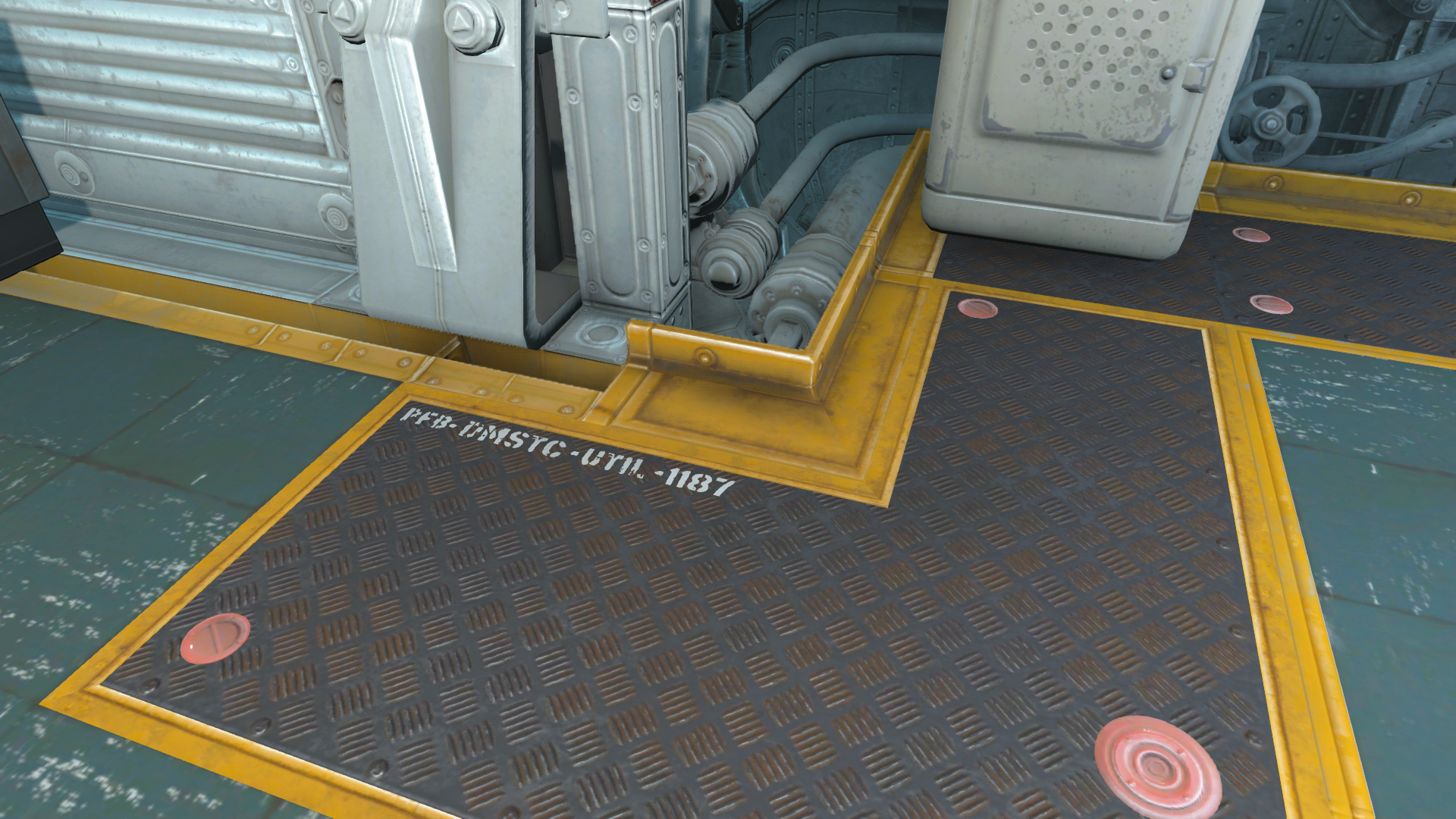
Overall, FXAA is the better option of the two considering its minimal load on the GPU, while managing to deliver a result that is almost indistinguishable in most cases. FPS titles like Fortnite, Apex Legends, or PUBG are where the use of FXAA over TAA is most justified as most players aim for a higher framerate over visual quality. Games like Red Dead Redemption 2, where the visuals are much more important for most players, can make use of TAA, but we still recommend FXAA, unless you have beefy graphics.
Final Thoughts:
Most gaming titles today will come with support for both TAA and FXAA. We recommend going through each of the settings and analyzing the performance hit to your computer while playing games to ensure what is best for you. Also, check for blurriness and issues like artifacts and ghosting while testing.
Nvidia also announced DLSS 2.0, a rendering method that uses multiple frames similar to TAA, but uses much lesser inputs and uses AI to create spectacular images with much smaller processing. If you have an RTX card that supports this feature, we recommend using this over the two methods we previously discussed.
